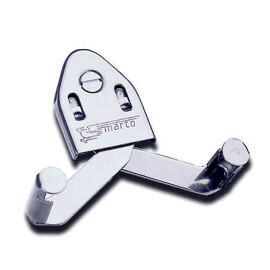Viking sword Dybäck
Historical classification of the sword style: Type Z after the Dr. Jan Petersen's Typology More information...
Recommended offer
Viking sword Dybäck, Original reproduction from the Museum of Stockholm
Specifications of the Viking sword "Dybäck"
- Overall Length 97cm
- Blade length 78cm
- Blade width aprox. 5cm
- Blade thickness approx. 5mm
- Weight approx. 2,1 kg
- Made by Marto in Spain
Grip parts have siver finishg. This sword is NOT battle-ready.
During the Viking age, swords grew slightly in length to 930mm (31.5") and took on a slightly more acute distal taper and point. These blades had deep fullers running their length, yet still had single-handed hilts which often sported a lobed or cocked-hat style pommel. The fuller was used to increase the strength and flexibility of the sword while reducing the weight of the sword at the same time. This weight reduction and flexibility would allow the wielder to swing faster and harder strokes while, at the same time, allowing the sword to bend but not break when it hit bone. While the pattern of hilt and blade design of this time might readily be called "the Viking sword" to do so would be to disregard the widespread popularity swords of this sort enjoyed. All over continental Europe between 700-1000 AD this design and its small variations could be found.
While the sword was the most popular weapon of the Viking age, it must be remembered that the battle-axe was the preferred weapon among most Vikings because it was a cheaper weapon to buy than were swords. Only the wealthier Viking goðar, jarls, and sometimes freemen wielded swords or others, while the more ordinary freeman tended to carry axes or spears.
During Norman times the blades increased some to 1000mm (40") in overall length, and the hilt changed significantly. The Brazil-nut pommel became popular only to be replaced by a thick disc-shaped pommel was attached 'on-edge' to the bottom of the iron hilt. In addition the upper guard grew substantially from the near-absent design predating it. Also the blades tended to taper slightly less than those found during the times of the Vikings. Source: Wikipedia
Write to our specialist


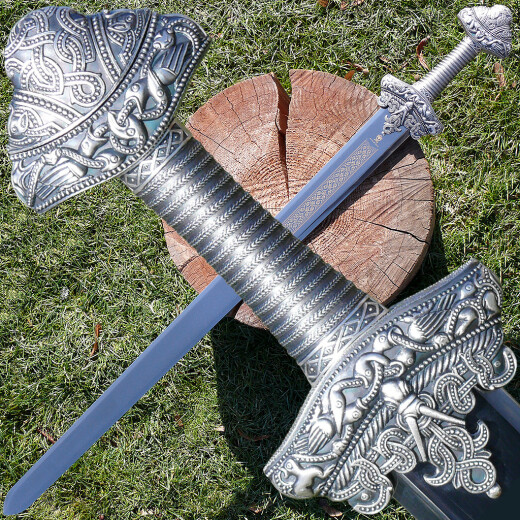






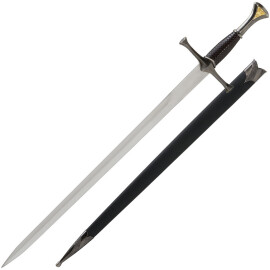
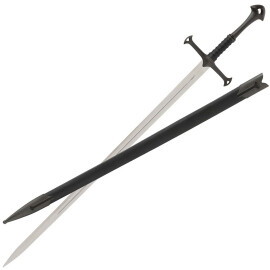
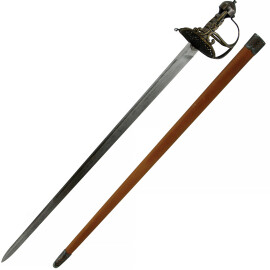
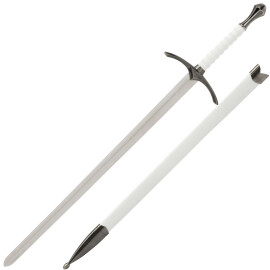
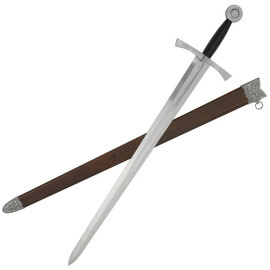
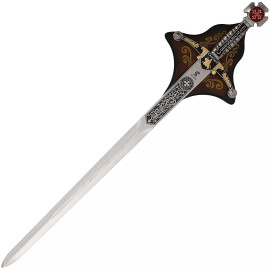
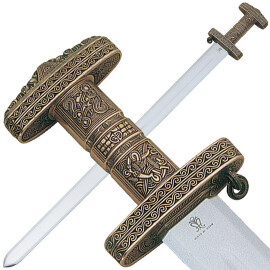
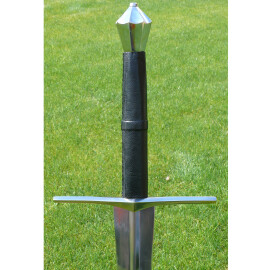
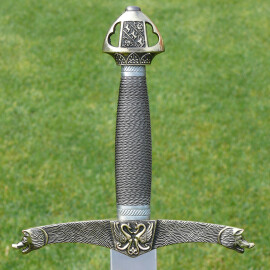
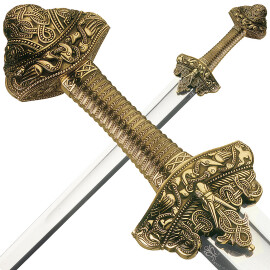
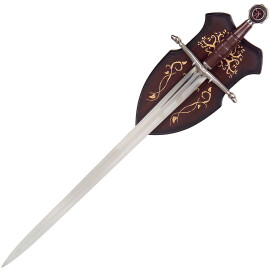
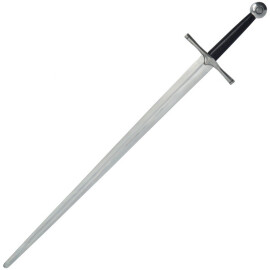
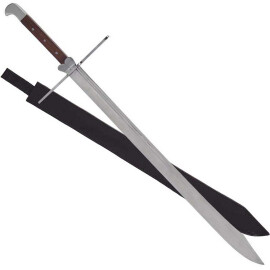
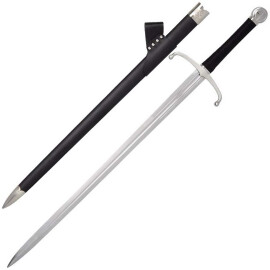
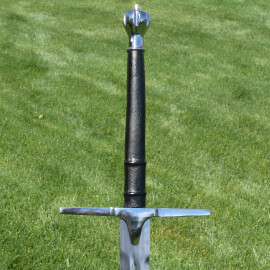
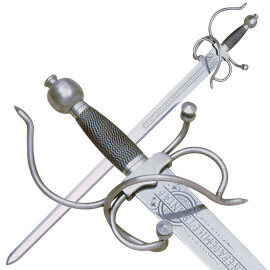
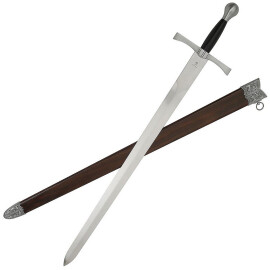
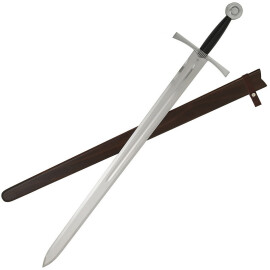
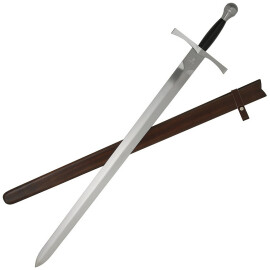
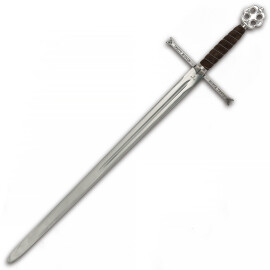
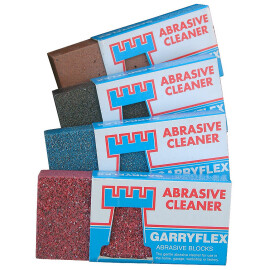
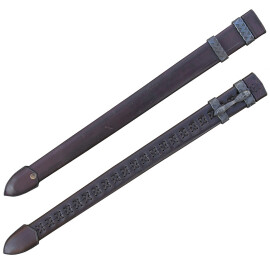
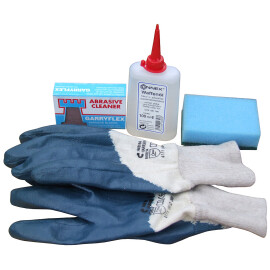
.3485832347.1707678884.JPG)
